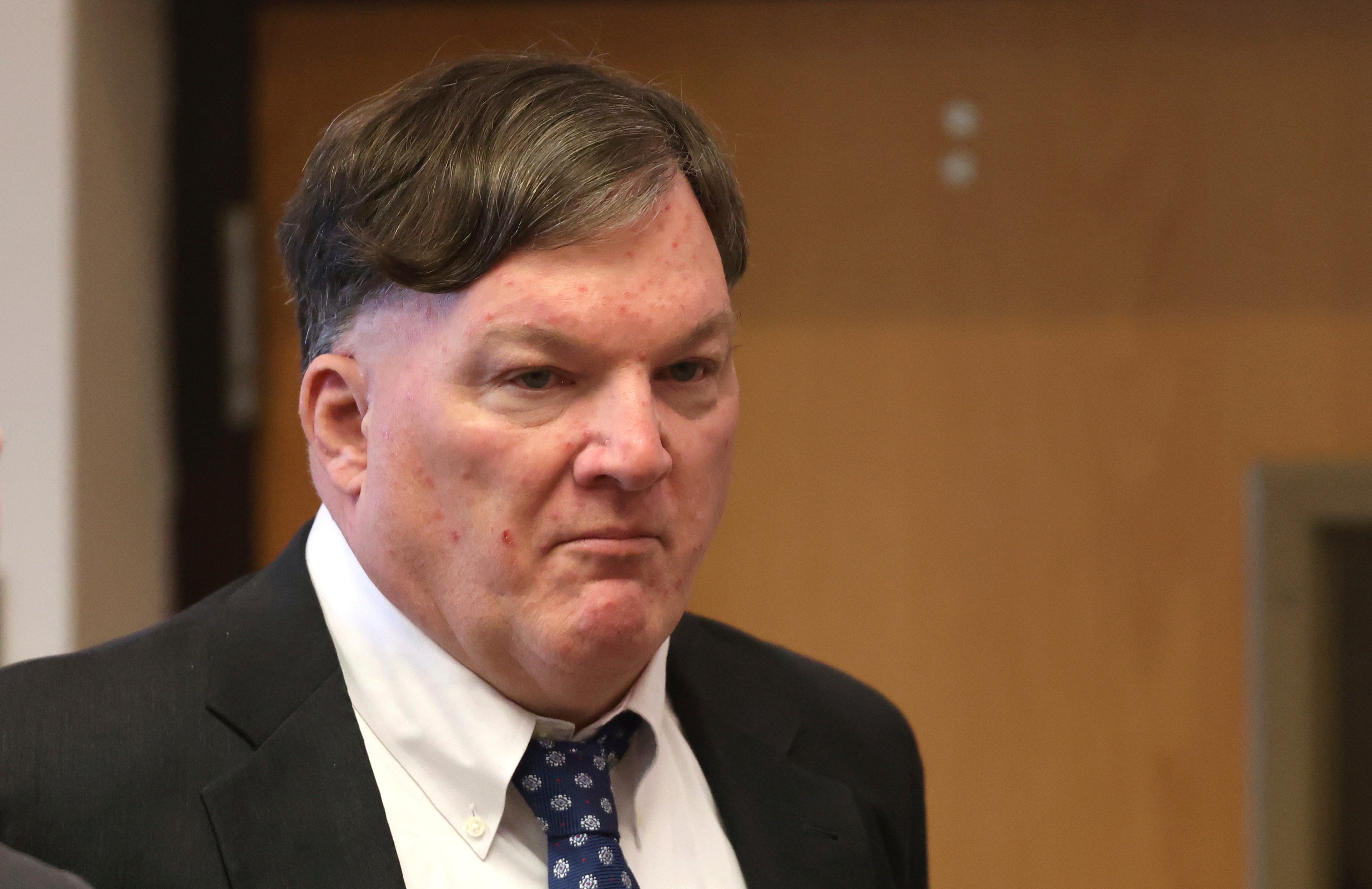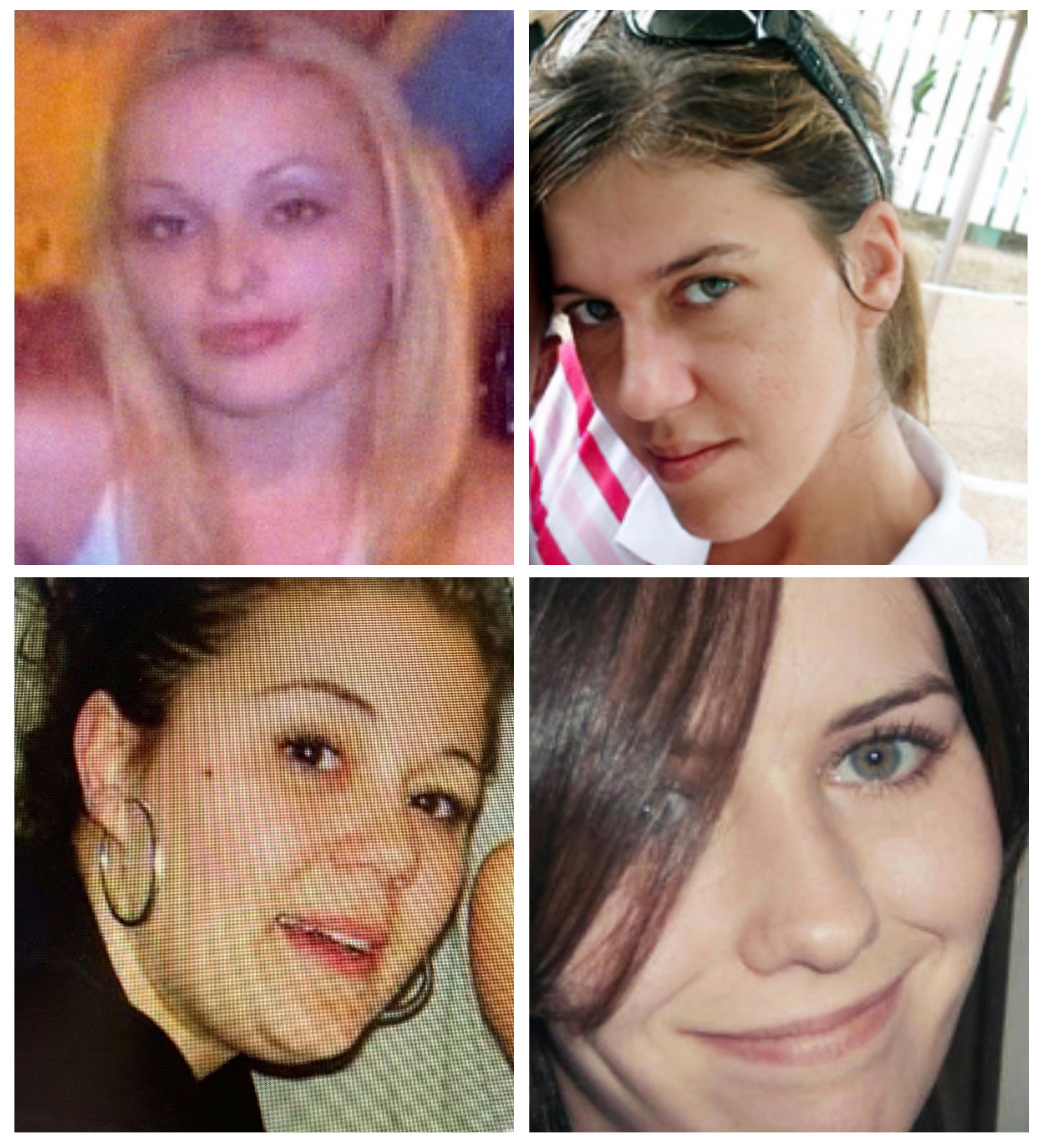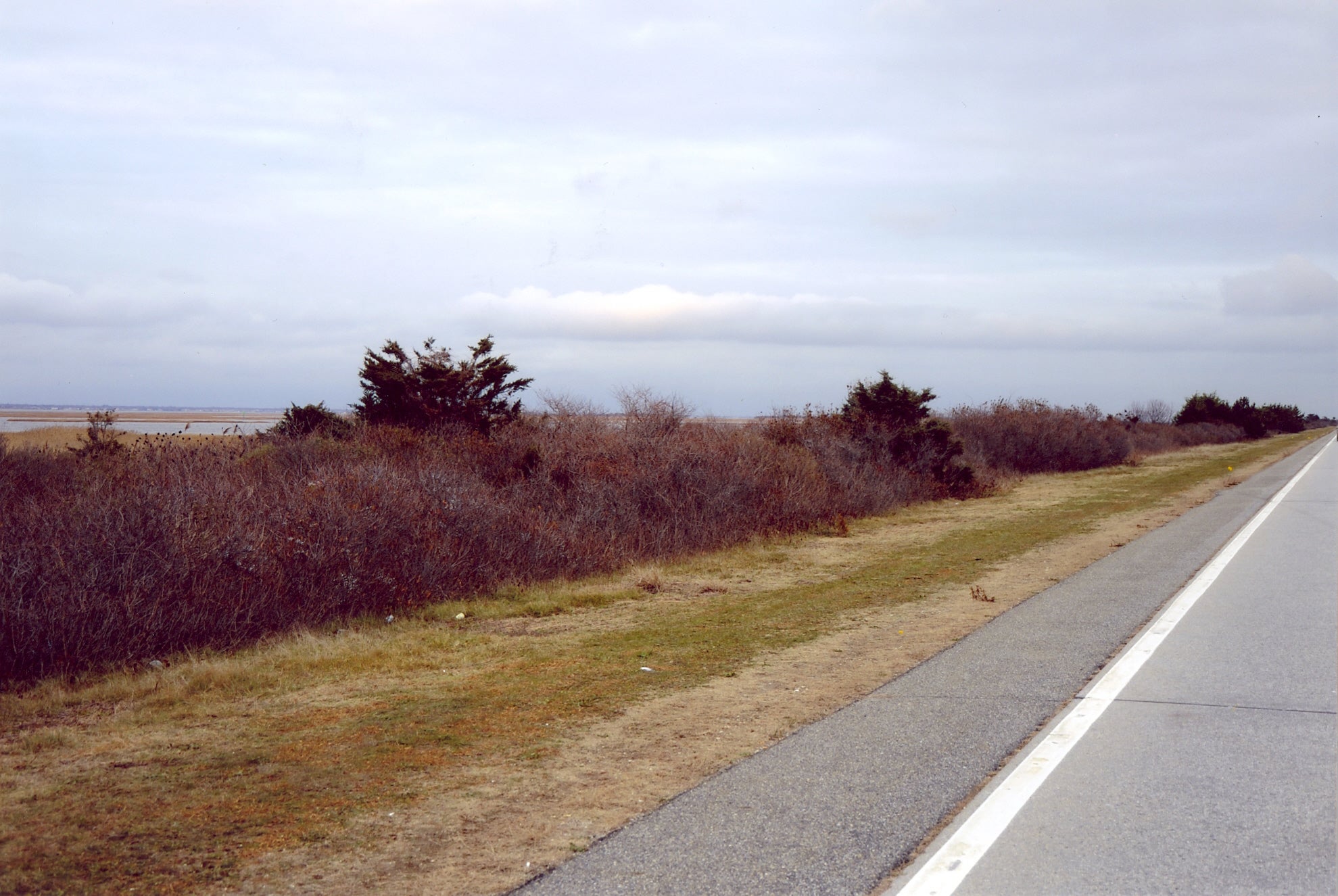Gilgo Beach murder suspect Rex Heuermann claims he’s ‘depressed and lonely’ in jail
The former Manhattan architect has been held without bail since his 13 July arrest
Gilgo Beach serial killer suspect Rex Heuermann is feeling “lonely and depressed” behind bars at a Long Island jail, his lawyer told a court on Tuesday.
Mr Heuermann, 60, appeared in Suffolk County Courthouse in Riverhead, New York, wearing a black suit, white shirt and blue tie, with his hands cuffed behind his back.
The Manhattan architect turned suspected serial killer has been held without bail ever since his 13 July arrest for the infamous Gilgo Beach murders – and has been placed in isolation for his own protection.
At the hearing, his lawyer Michael Brown told the judge that this had left the accused killer “feeling lonely and depressed”. He added that Mr Heuermann is receiving counseling.
The hearing, which was held to give State Supreme Court Justice Timothy Mazzei an update on the case, was Mr Heuermann’s first court appearance since his indictment for the murder of a fourth woman.

The suspected killer had previously been charged with the 2009 and 2010 murders of Melissa Barthelemy, 24; Megan Waterman, 22; and Amber Lynn Costello, 27.
Last month, he was then also charged with the 2007 murder of 25-year-old Maureen Brainard-Barnes.
At Tuesday’s hearing, prosecutors turned over a trove of documents related to the case, including nearly 3,000 police tips, to the defence.
“The leads are important,” Mr Brown told reporters about the documents after the hearing, according to Newsday.
“I think you heard the government this morning say there’s somewhere close to 3,000 leads in this case. Obviously some of those leads aren’t going to be significant at all. But some of those leads are going to be extremely significant. And they’re going to be important for us in the defence of this case. So we want to see those leads and we want to see the credibility of those leads and we want to see what follow-up the police department did in regard to those leads.”
According to discovery he has reviewed so far, Mr Brown said that there were “significant” leads provided to police and claimed that, in at least one instance, police were close to charging another suspect.
“We were informed, among other individuals, that there was another individual that the prior district attorney of this county was prepared to charge with these crimes,” Mr Brown said.
“We haven’t received any of that documentation. We expect that it will be forthcoming, but that’s very important, extremely important to this case.”
The lawyer also said Mr Heuermann has been reviewing discovery in the jail.
“The sheriff has been great; they’ve been permitting him to review the discovery,” Mr Brown said, but added that he is suffering from being in isolation.
“He’s in this isolation situation … and I understand it, it’s for his own safety. You obviously don’t want someone in the jail trying to get their 15 minutes of fame, so that’s why he’s being isolated. But at the same time, he’s not getting any social interaction with anybody else other than a correction officer.”
Asa Ellerup, Mr Heuermann’s estranged wife, was not in court for Tuesday’s hearing as she had been in the past. Justice Mazzei set Mr Heuermann’s next court date for 17 April.
Mr Heuermann has pleaded not guilty to the murders of all four women, together known as the “Gilgo Four”, who all worked as sex workers and disappeared after going to meet a client.
Their bodies were found in December 2010 within one-quarter mile of each other, bound by belts or tape and some wrapped in burlap – all dumped along Gilgo Beach.
In total, the remains of 11 victims were found along the shores of Long Island in 2010 and 2011, sparking fears of one or more serial killers.

The case began back in May 2010 when Shannan Gilbert, a young woman working as a sex worker, vanished after leaving a client’s house on foot near Gilgo Beach. She called 911 for help saying she feared for her life and was never seen alive again.
During a search for Gilbert in a dense thicket close to the beach, police discovered human remains. Within days, four victims had been found.
By spring 2011, the number of victims rose to 10.
Gilbert’s body was then found in December 2011. Her cause of death is widely contested with authorities long claiming that it is not connected to the serial killer or killers but that she died from accidental drowning as she fled from the client’s home.
However, an independent autopsy commissioned by her family ruled that she died by strangulation and her family continues to believe she was murdered.
Court records show that Mr Heuermann was linked to the “Gilgo Four” murders through a tip about his pickup truck, a stash of burner phones, “sadistic” online searches and phone calls taunting victims’ families.
Email accounts allegedly used by Mr Heuermann were used “to access and/or conduct searches related to pornography, rape, torture, and sex workers several thousand times”, prosecutors said.
Among the harrowing searches were: “autopsy photos of female”, “stories of rape audio”, “escorts manhattan”, and “very skinny white teen tied up porn”.

His DNA was also found on one of the victims, while his wife’s hair was found on three of the four women he is connected to, according to prosecutors.
Investigators are continuing to work to determine if Mr Heuermann is also linked to any of the other victims – while law enforcement officials across the country are probing cold case murders for any potential ties.
Mr Heuermann has pleaded not guilty to all charges against him.
He has not been charged in the killings of any of the other seven victims whose remains were found along Gilgo Beach.

